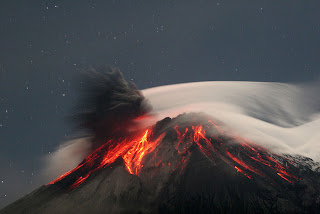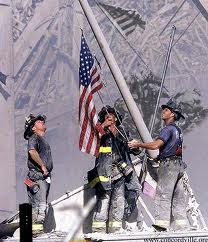
Take a look at the photo above. The president is ogling over the girl in the red dress right? Photos can be deceiving, especially still photos. With a still photo, there is no exact story being told with the photo by itself. It needs an interpreter to describe what the setting is and what the story is behind the photo. Photos and videos have a narrow viewpoint compared to being there watching it. Even being there watching it, you might see something someone else didn’t and the angle you are looking could be interpreted differently by another person. In the article from “The Trials and Tribulations of Rodney King “, Nichols writes that “no image can show intent or motivation” (p. 33). You might look at the photo above and speculate it was the intent of Obama to ogle over the girl. How did you come to that possible conclusion? You might make the following conclusions, Obama is a man and men like to gaze at pretty woman (as woman might say, men are pigs due to this behavior). He is also in the age range where he would be turned on by looking. The girl is wearing a bright red sleeveless dress, has bright curly flowing hair, has a great shape, and would catch the eye of many men. You might think, as the president, he does not have a lot of time for many private, personal encounters with his wife and in-turn is on a heightened state of awareness to a beautiful woman passing by.
This type of speculation or guessing is what Nichols defines as “algebra of probability” often referred to as “street smarts” (p. 35). “Using such an algebra requires an ability to develop and follow tacit conventions describing the boundaries of a discrete situation or event, character types, their usual behavior, the motivations and intentions governing specific encounters and their likely result” (p. 35). This “algebra of probability” can often get police into trouble when encountering a perpetrator. If the police have a shootout and fight at the end of a car chase every time the person is a black male, they will come to the conclusion that is probably going to happen this time too. Many times it does happen, but sometimes it does not and that is when cops get into trouble. Just like the photo above, guessing what happens based on your street smarts might lead you to the wrong conclusion.
With all that in mind,
take a look at the video.
Still convinced that Obama was ogling? Video shows more and has audio, but the view is still small and it still needs some narration by the broadcaster. Without someone pointing anything out, would you have known to look for anything at all?
Lastly, regarding Nichols claim. Can you capture intent and motivation on camera? I say yes, as long as it does not involve a human. For a human, intent and motivation are thoughts that cannot be seen or read. Humans can also change their initial intent or motivation at the last possible moment. Animals on the other hand don’t have that switch unless something goes wrong physically with them. Take a look at the photo below. What is the inten

t of the cheetah? It is obvious that the cheetah intends to kill and eat the gazelle and is motivated by instinct and a hungry stomach. The cheetah is not going to chase down a gazelle for fun and it won’t stop unless he catches it or something goes physically wrong. Something like he got too tired, he broke a leg, he fell in a hole, etc. One might argue that since intent and motivation are thoughts and emotions, then humans are the only one that has them and it does not apply to the animal world. But that is a different argument to have.















